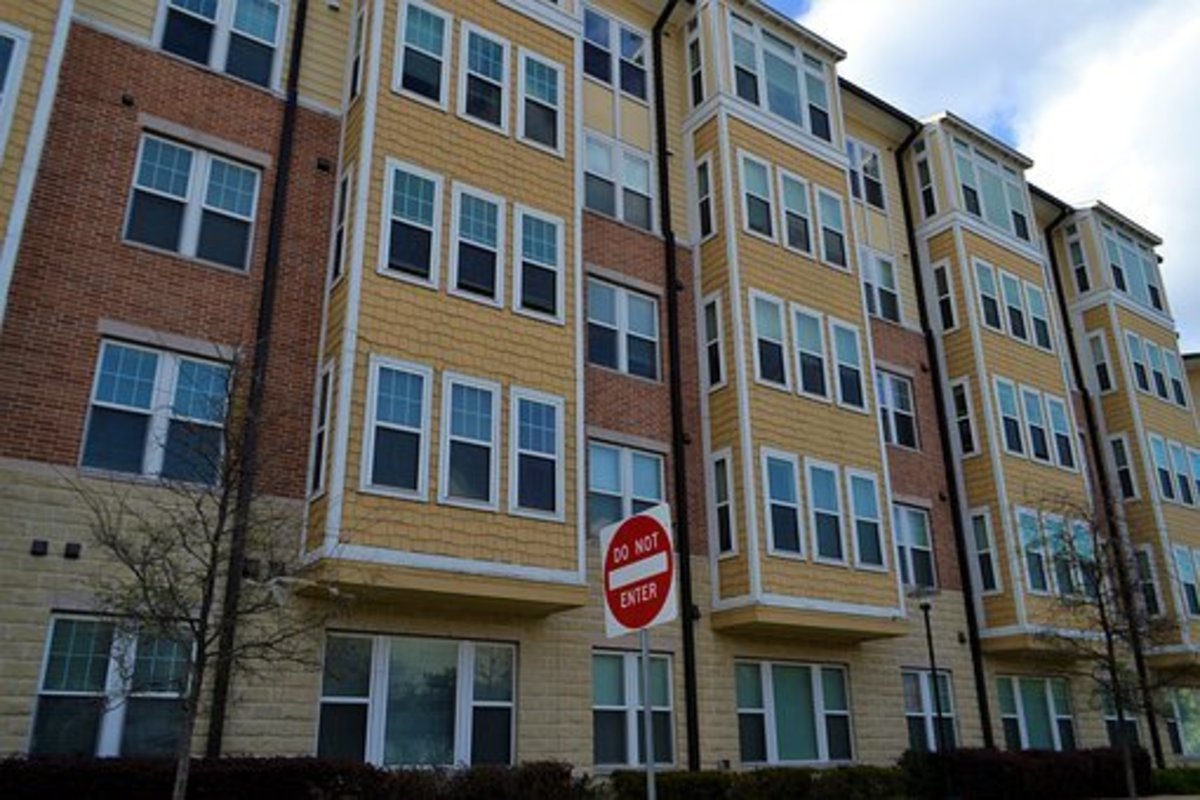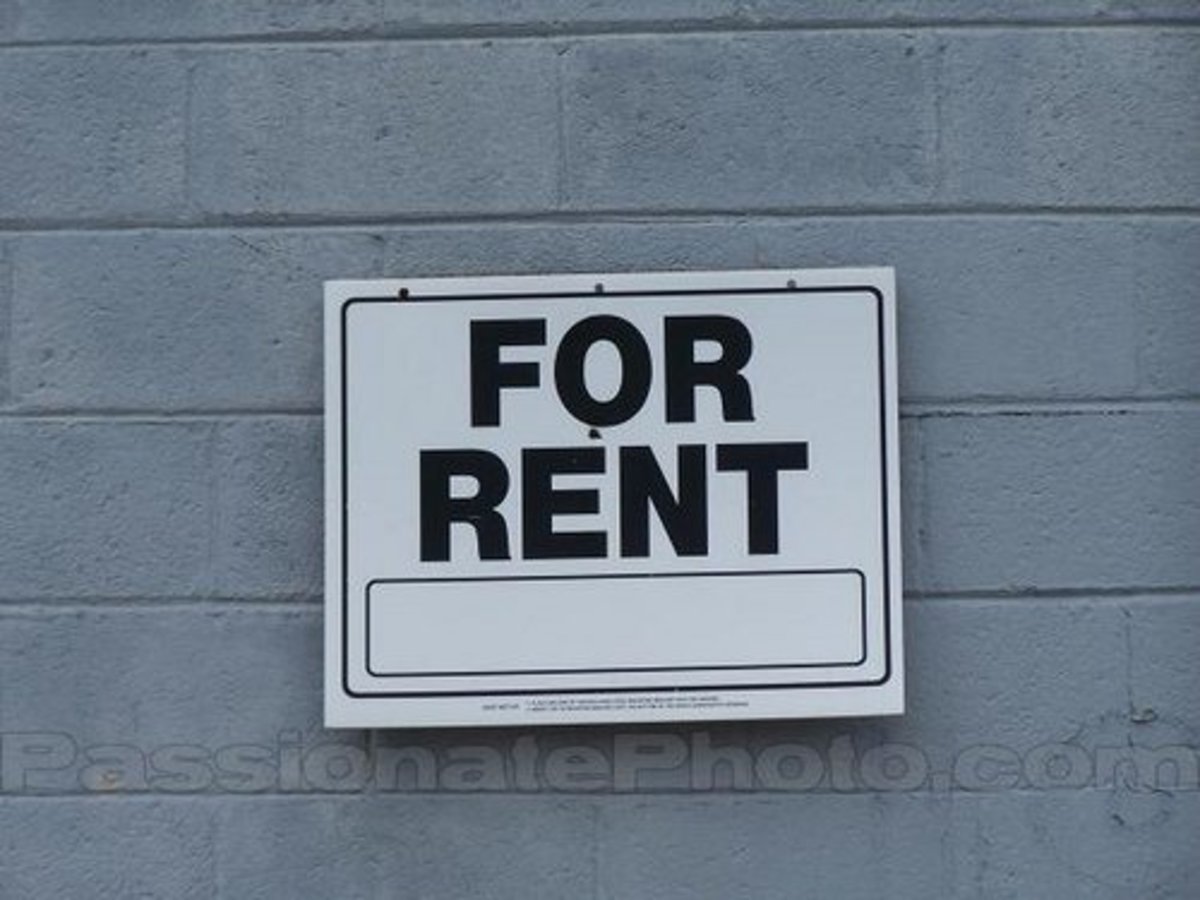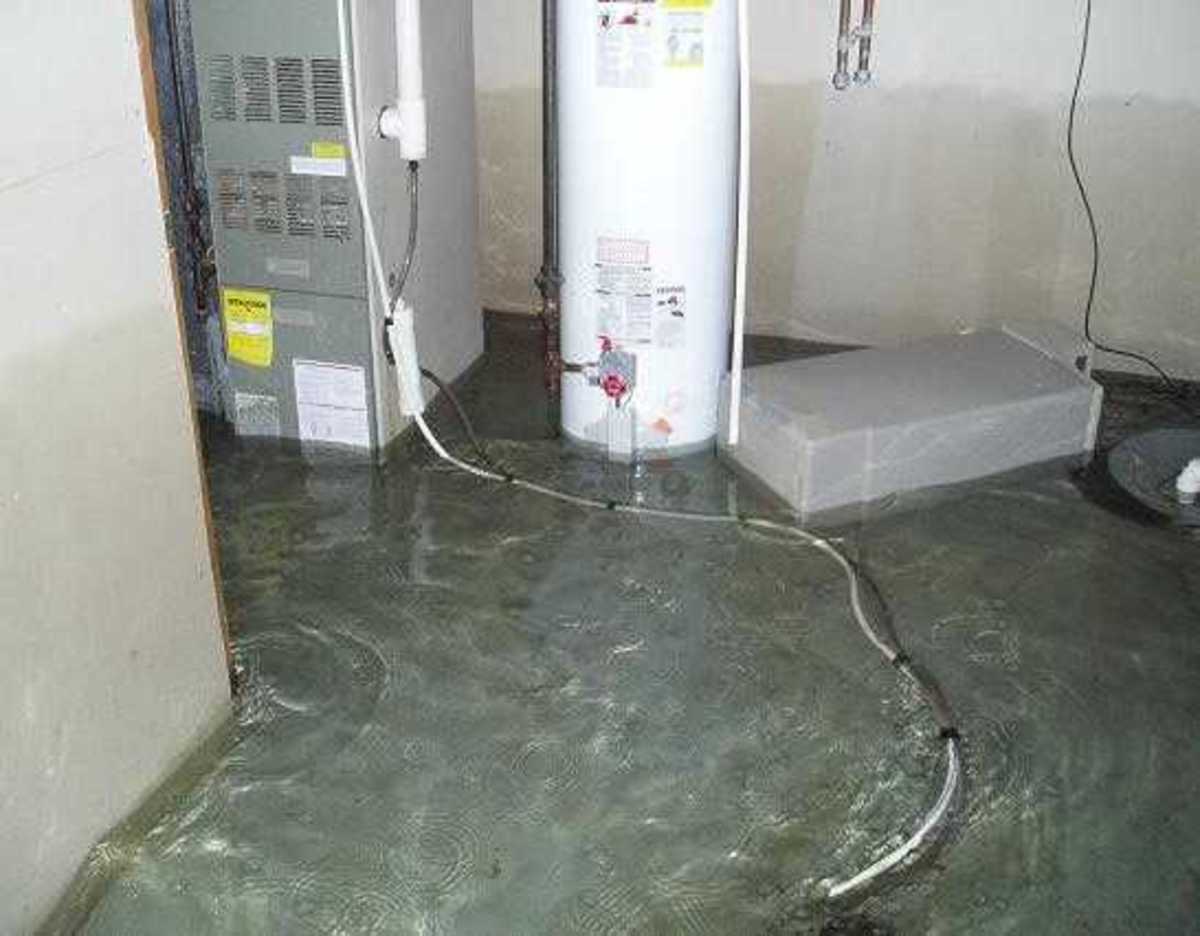California Law for Landlords on Security Deposits
RIGHTS & HAND

Introduction
I get a lot of questions in my San Diego practice about giving or getting a security deposit back. Unfortunately, the questions usually don’t get to me until well after the law requires they be addressed. To start with, let me explain what the landlord is allowed to use security deposits for in California.
In California a security deposit can only be used for four things:
1) unpaid rent,
2) cleaning the rental unit when the tenant moves out
3) repair of damages, other than normal wear and tear, caused by the tenant or the tenant's guests; and
4) If the lease or rental agreement allows it, for the cost of restoring or replacing items of personal property (such as keys and furniture), other than because of normal wear and tear.
Inspection BEFORE Moving Out
California Civil Code section 1950.5 addresses security deposits. It provides, in part, that upon either party notifying their intention to terminate the tenancy, that the landlord shall notify the tenant in writing of his or her option to request an initial inspection and of his or her right to be present at the inspection. This means that after a tenant gives notice or when the landlord gives the 30 or 60 day notice, then both parties should be thinking about scheduling an inspection.
The inspection should be scheduled no earlier than 2 weeks prior to the tenant moving out. I could summarize what the code says about scheduling the inspection, but sometimes it’s just easier to quote the language exactly. It provides that “If an inspection is requested, the parties shall attempt to schedule the inspection at a mutually acceptable date and time. The landlord shall give at least 48 hours' prior written notice of the date and time of the inspection if either a mutual time is agreed upon, or if a mutually agreed time cannot be scheduled but the tenant still wishes an inspection. The tenant and landlord may agree to forgo the 48-hour prior written notice by both signing a written waiver. The landlord shall proceed with the inspection whether the tenant is present or not, unless the tenant previously withdrew his or her request for the inspection.
Don’t forgo the inspection! The inspection allows the tenant to identify any problems the landlord may find and hold the tenant responsible for. There may be rights and responsibilities under the lease that the rental agreement that are not met, and the security deposit may be used for those. Go through the dwelling with a camera and document everything.
After the Inspection
After the inspection the landlord is required to give the tenant an itemized statement detailing any required repairs or cleaning. The tenant can then cure the defects prior to moving out in order to assure getting the deposit back. After making any repairs, make sure to document it with pictures and keep any receipts.
Moving Out and the Deposit
Within 21 days of moving out the landlord is required to either give you a full refund, or an itemized receipt for all deductions. If he doesn’t refund the money or give you an itemized list within the 21 days, then the landlord loses the right to withhold any part of the security using 1950.5. The landlord can bill a reasonable hourly rate for his labor in making any repairs himself. The landlord is still allowed to deduct for any of those 4 items listed earlier for any problems that may develop between the initial inspection and moving out. So if a window gets broken on moving day, the deposit will be used to make the repairs. If the deposit isn’t returned after the 21 days, then the tenant will have to file an action in small claims court to recover the money. You can find more important information on www.sandiegoevictioncenter.com under the unlawful detainer tab on the navigation menu.
- A Renters Nightmare, A lawyers First Case, and the details of the Implied Warranty of Habitability
How did an airline pilot end up practicing law and defending people in court? This article by Scott Rights, Esq. of RIGHTS & HAND, Attorneys at Law, covers the Implied Warranty of Habitability though his case of MOLD! and the road that led to his - How to Kick Out a Bad Tenant; Eviction in California or Unlawful Detainer
This article, by attorney Scott Rights of www.sandiegoevictioncenter.com explains the California eviction or the California unlawful detainer process. Some information about San Diego eviction law nuances is included. - What is an Eviction and How will an Eviction Affect Credit Reports
This article by Scott Rights of www.sandiegoevictioncenter.com talks about the difference between a notice to move out and an eviction. It explains the California Eviction or California Unlawful Detainer action.








